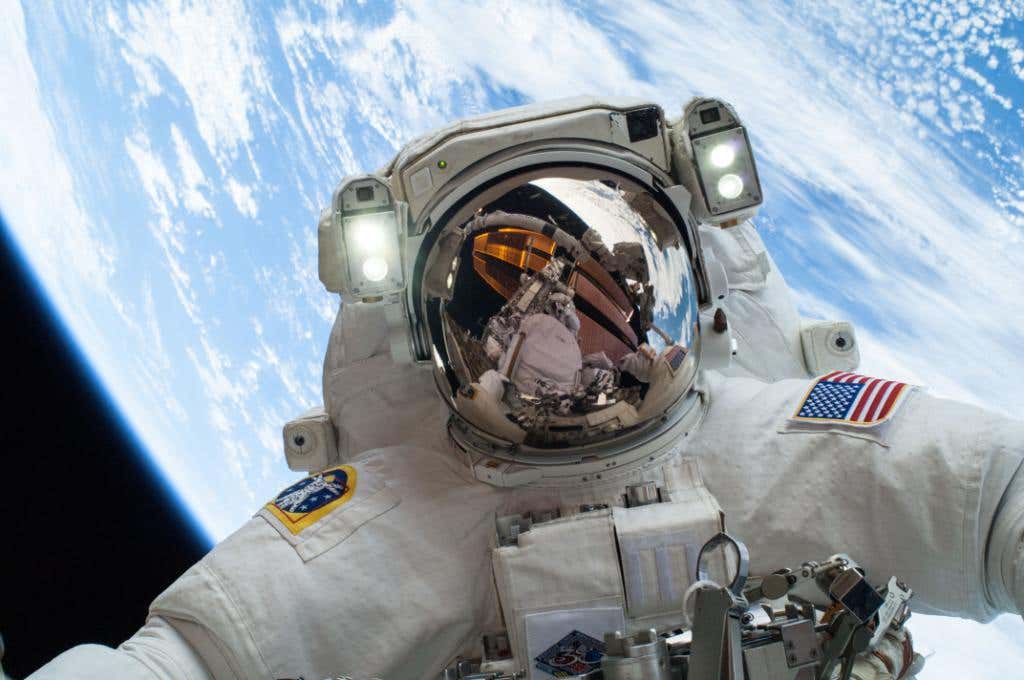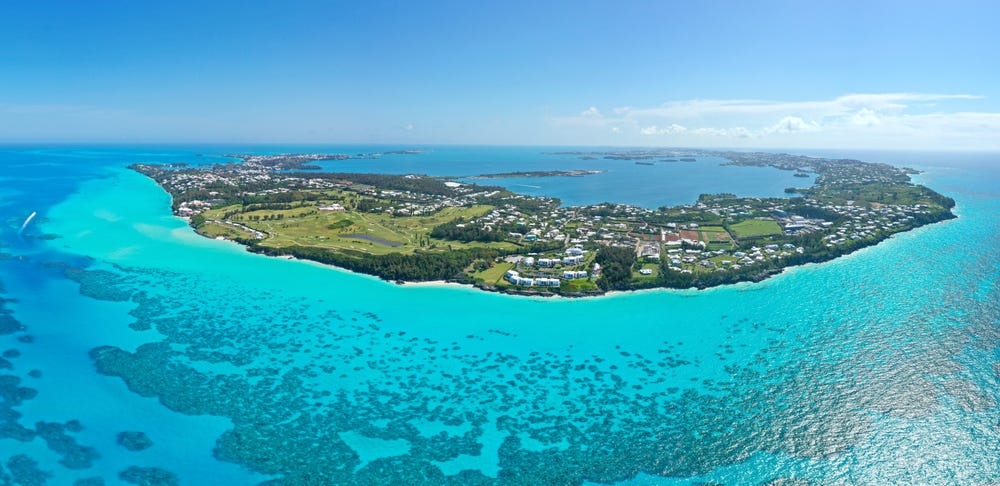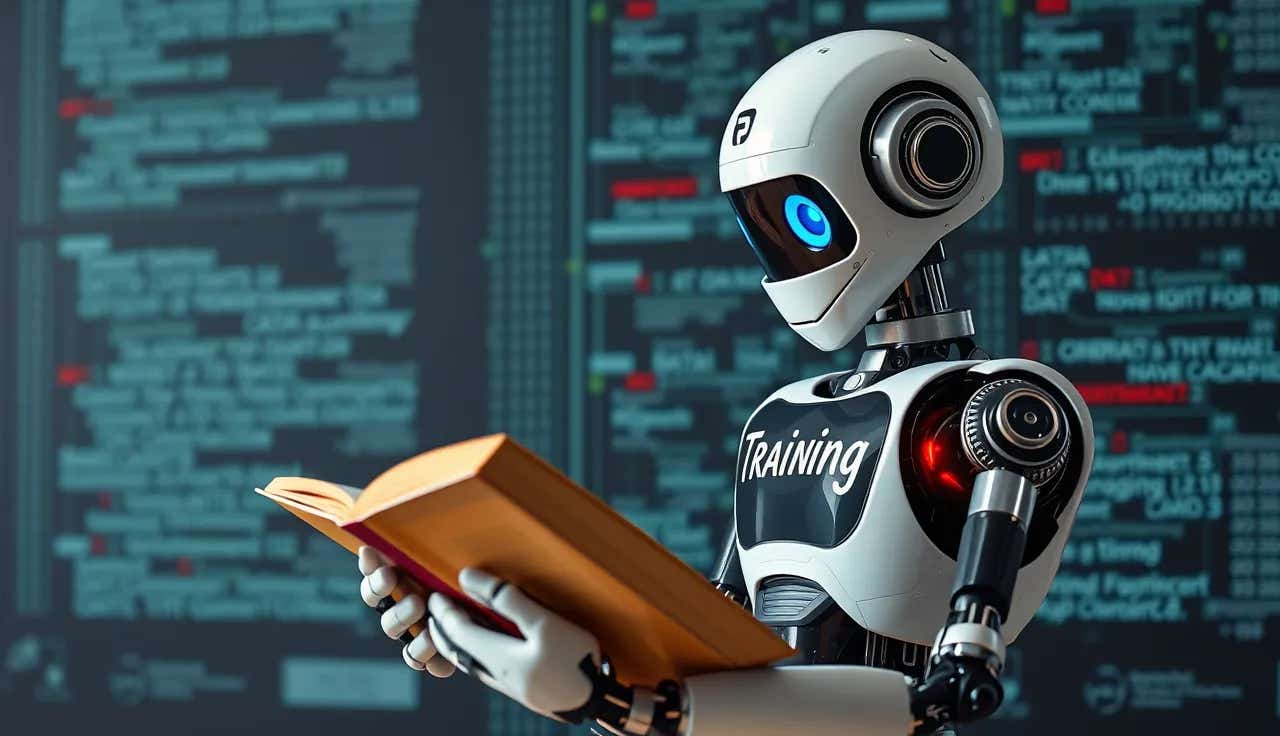Floating in space might be fun, but it can be bone-crushing
The study followed astronauts over the last seven years to understand bone recovery after ‘long-duration’ spaceflight.

[July 6, 2022: Leanne Yohemas, University of Calgary]
The study has followed 17 astronauts before and after spaceflight over the last seven years to understand whether bone recovers after ‘long-duration’ spaceflight. (CREDIT: NASA/JPL)
Ever wondered if you have anything in common with an astronaut? Turns out there are 206 things – your bones. It’s these parts of our body that are the focus of a research study on bone loss in astronauts, and the important question of whether bone can be re-gained after returning to Earth.
The TBone study was started in 2015 by Dr. Steven Boyd, PhD, director of the McCaig Institute for Bone and Joint Health and professor in the Cumming School of Medicine. The study has followed 17 astronauts (14 male, three female) before and after spaceflight over the last seven years to understand whether bone recovers after ‘long-duration’ spaceflight.
They conducted bone scans on the tibia (shinbone) and radius (forearm) to calculate the resistance of the bone to fracture (failure load), bone mineral in the bone tissue, and tissue thickness. The authors also recorded exercises such as cycling, treadmill running and deadlifting completed by astronauts in-flight and post-flight.
Findings are published in Scientific Reports, and while it might not seem like it matters to you here on Earth, the research is important to better understand bone health generally.
Related Stories
“Bone loss happens in humans—as we age, get injured, or any scenario where we can’t move the body, we lose bone,” says Dr. Leigh Gabel, PhD, assistant professor in Kinesiology, and lead author of the study.
“Understanding what happens to astronauts and how they recover is incredibly rare. It lets us look at the processes happening in the body in such a short time frame. We would have to follow someone for decades on Earth to see the same amount of bone loss,” Gabel says.
The researchers travelled to Johnson Space Center in Houston, Texas to scan the wrists and ankles of the astronauts before they left for space, on their return to Earth, and then at six- and 12-months.
One year after flight the median results for 16 of the astronauts showed incomplete recovery of the shinbone. Median shinbone failure load, measuring bone strength, was reduced by 152.0 newtons from 10,579 newtons at pre-flight to 10,427 newtons after one year. Total bone mineral density reduced by 4.5 milligrams per cubic centimeter compared to pre-flight levels of 326.8 mg/cm3. Measures of the forearm across all astronauts did not differ at 12 months’ recovery compared to pre-flight.
The researchers observed that astronauts on missions longer than six months (a total of eight astronauts) had substantially less bone recovery. In astronauts on missions over six months the median shinbone failure load reduced by 333.9 newtons after one year compared to pre-flight, while in astronauts on missions shorter than six months (nine astronauts) the failure load reduced by 79.9 newtons. Similar differences were found for total bone mineral density in the shinbone. Altogether, nine of the astronauts (seven from long missions) did not fully recover shinbone total bone mineral density after 12 months.
Across all astronauts, those who completed greater amounts of in-flight deadlift training, relative to their individual training pre-flight, were identified as part of those who recovered tibia bone mineral density. The authors propose that as well as currently used exercise routines, a jumping resistance-based exercise that provides high-impact dynamic loads on the legs may help prevent bone loss and promote the formation of bone on spaceflight missions.
“We found that weight-bearing bones only partially recovered in most astronauts one year after spaceflight,” she says. “This suggests the permanent bone loss due to spaceflight is about the same as a decade worth of age-related bone loss on Earth.”
This loss happens because bones that would normally be weight-bearing on Earth, like your legs, don’t have to carry weight in microgravity—you just float.
Astronaut David Saint-Jacques stands beside the high-resolution pQCT at Johnson Space Centre, with UCalgary imaging technician, Anne Cooke. (CREDIT: Canadian Space Agency)
“We’ve seen astronauts who had trouble walking due to weakness and lack of balance after returning from spaceflight, to others who cheerfully road their bike on Johnson Space Center campus to meet us for a study visit. There is quite a variety of response among astronauts when they return to Earth, says Boyd.
Former UCalgary Chancellor and astronaut, Dr. Robert Thirsk, BSc (Eng)'76, Hon. LLD'09, MD, knows firsthand how bizarre the return to Earth can be. “Just as the body must adapt to spaceflight at the start of a mission, it must also readapt back to Earth’s gravity field at the end,” says Thirsk. “Fatigue, light-headedness, and imbalance were immediate challenges for me on my return. Bones and muscles take the longest to recover following spaceflight. But within a day of landing, I felt comfortable again as an Earthling.”
NASA astronaut Steve Swanson and German astronaut Alexander Gerst play soccer on the space station as they get ready to cheer for their teams in the 2014 World Cup. (CREDIT: NASA / JPL)
Some astronauts who flew on shorter missions, under six months, recovered bone strength and density in the lower body, compared to those who flew for longer durations.
Access to astronauts is rare—the study team includes two members from the European Space Agency (ESA), Dr. Anna-Maria Liphardt, PhD, and Martina Heer, PhD, as well as two from NASA, Dr. Scott Smith, PhD, and Dr. Jean Sibonga, PhD. The study was funded by the Canadian Space Agency and conducted in partnership with ESA, NASA and astronauts from North America, Europe, and Asia.
As future space missions are exploring travel to more distant locations, the study’s next iteration will explore the effects of even longer trips, to support astronauts who may one day travel beyond the International Space Station.
As Thirsk says, “Astronauts will venture to deep space this decade and, in the coming centuries, humanity will populate other star systems. Let’s push back the frontiers of space exploration now to make this vision possible.”
Note: Materials provided above by University of Calgary. Content may be edited for style and length.
Like these kind of feel good stories? Get the Brighter Side of News' newsletter.



